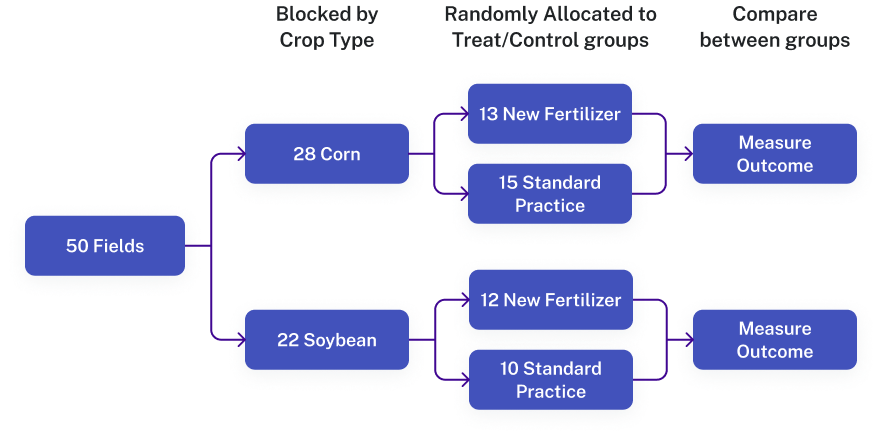Understanding Experiments
The Salk vaccine trial, a cornerstone in the history of medical research, successfully navigated the complexities of large-scale experimental design. It demonstrated the possibility of conducting substantial research within ethical bounds. On the other hand, consider an experiment that proposes to assess the dangers of texting while driving by direct observation. Such an approach is not feasible due to ethical constraints and potential hazards. Instead, alternative observational methods can be employed to gather necessary insights without compromising participant well-being
The success of the Salk trial hinged on a randomized design, which ensured that every participant had an equal opportunity to receive either the vaccine or a placebo. This method effectively distributed any extraneous variables—nuisance factors—that could sway the results, thus sharpening the focus on the vaccine’s potential to prevent polio.
In experimental design, it’s essential to account for nuisance factors– elements not of primary interest, but that could still impact the outcome. These factors must be identified and controlled where possible to ensure the integrity of the experiment’s results.
nuisance factors
Every experiment has potential nuisance factors—uncontrolled variables that can influence the dependent variable. Recognizing and managing these factors is vital for maintaining the validity of the experiment’s conclusions.
All experiments have nuisance factors, so the experimenter will typically need to spend some time deciding which nuisance factors are important enough to keep track of or control.
Randomized Block Design
Sometimes the nuisance factors can be directly controlled in the experiment using a completely randomized block design. This design is used when the experimental units are divided into homogeneous groups called blocks.
A block is a group of subjects that are similar, but blocks differ in ways that might affect the outcome of the experiment. For example, if your nuisance factor is known and controllable, it can be added to your experimental design. We use the term blocking to describe the grouping together of homogeneous (similar) experimental units followed by the random assignment of the experimental units within each group to a treatment.
randomized block design
In a completely randomized block design, experimental units are grouped into homogeneous blocks to control nuisance factors. Each block contains subjects with similar characteristics, differing in ways that might impact the experiment’s outcome, thereby improving the accuracy of the results.
A block in experimental design is a group of subjects or experimental units that are similar in ways that are expected to affect the outcome of the experiment. Grouping these units into blocks allows for more precise comparisons by controlling for these variables.
The diagram below illustrate the completely randomized block design for an experiment testing a new fertilizer:

In a completely randomized block design, we do not wish to determine whether the differences between blocks result in any difference in the value of the response variable. Our goal is to remove any variability in the response variable that may be attributable to the block. Therefore, the advantage of this design is that blocking will help to minimize the effects of nuisance factors.
The basic principles of the completely randomized block design are blocking and randomization. The general rule is to “block what you can and randomize what you cannot.” So, blocking is used to remove the effects of a few of the most important nuisance factors. Randomization is then used to create comparable groups to reduce contaminating effects from the removal of the nuisance factors.